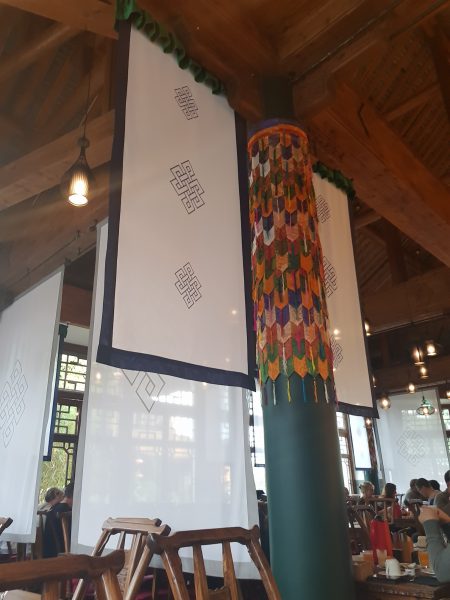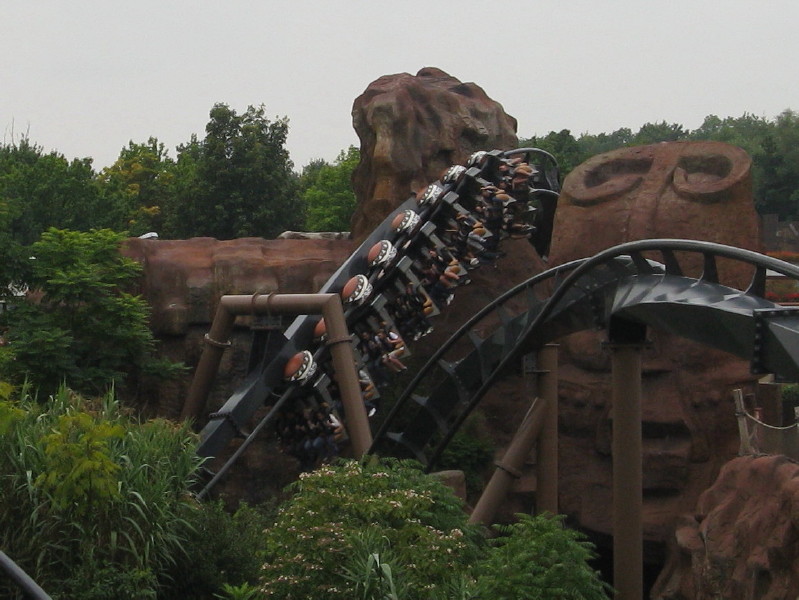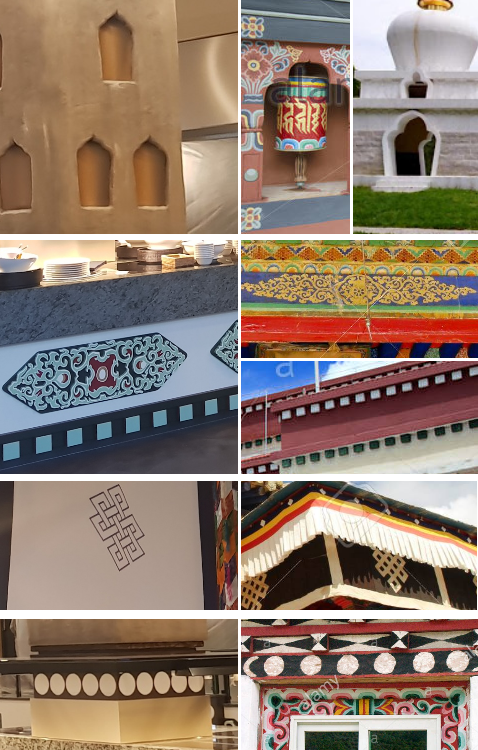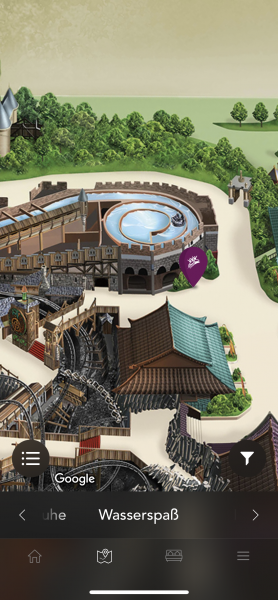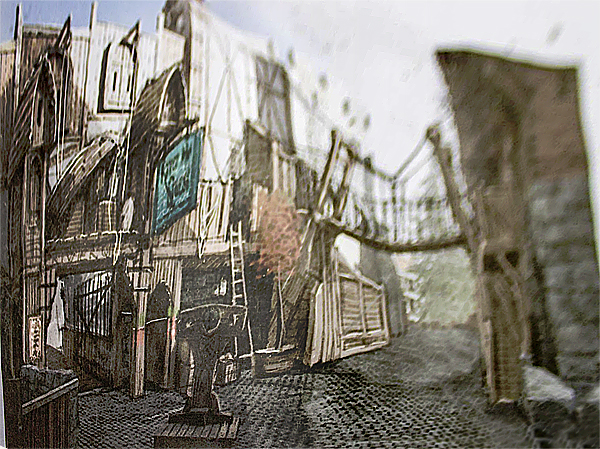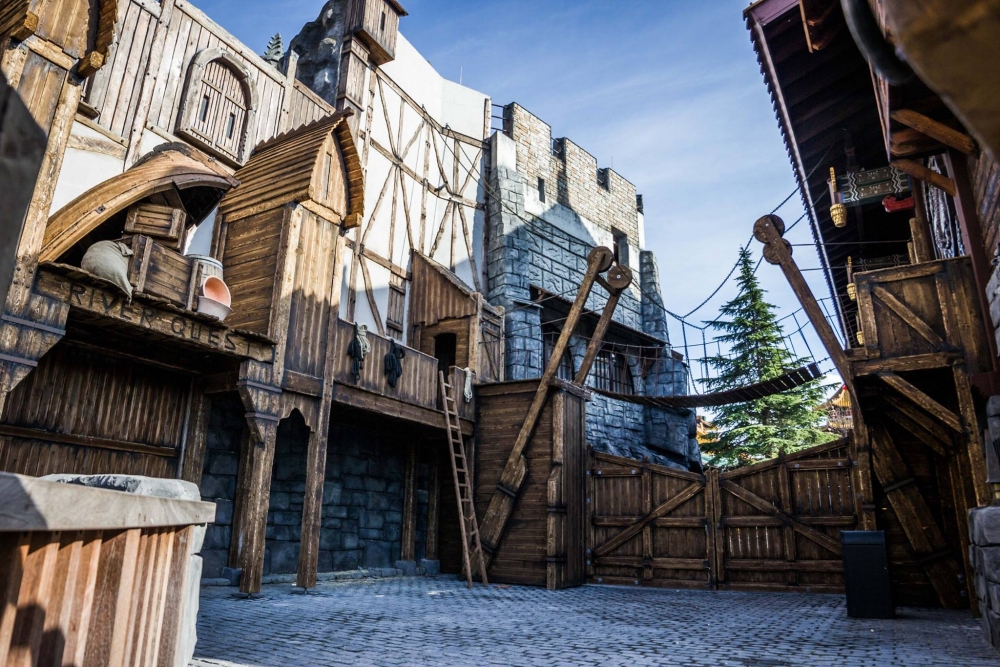New update from Phantasialand's blog:
https://phantasialandblog.de/huettenbau-nach-mass-in-africa/
The African Huts
A small African village high up on sun-bleached rocky outcrops. From the hustle and bustle at the foot of the mountain rousing drum rhythms and happy conversations arise. On the summit, on the other hand, there is serenity - until the Black Mamba suddenly brushes very close to the thatched round buildings. So close that it almost seems possible to look inside at the inhabitants.
What has emerged in our Africa theme area could well be the home of a traditional African tribe. Detailed round huts have found their place on the newly designed rocky landscape. Small windows, cracks in the façade, seemingly caused by heat and humidity, and elaborate ornaments on the walls make it easy to imagine that someone actually lives up here.

With such effort and what finesse the rock experts of Universal Rocks created weather-torn, sand and sun shaped mountains in our theme area "Deep in Africa", so to accompany their work and in order to make the fascination and the history of the African continent even more tangible, we have in the truest sense of the word added something extra with the specially made thatched roof huts. And we are guided by traditional African construction. In the real Africa itself you can often find these practical thatched round buildings. They are made for the climate there. The special roofs help to keep the heat out, so it's always pleasantly cool indoors.

These robust huts are made from logs and weather-resistant dried reeds. And for the expert handling of this unusual building material, we have relied on master carpenter Marcus Jütten. The challenge for him already started with the procurement of the special material. In northern Germany, much is still being worked with reeds today, but the demand is so high that the German farmers can not satisfy them. On the German island of Sylt many roofs are still covered with dried reeds today. The thatch for our African huts had to be brought in from China, via Kiel, to Phantasialand.
According to our design templates, Marcus Jütten created the thatched roofs in his carpentry workshop in the Eifel. The dry stalks must not break and at the end have to form a closed "ceiling" on the roof truss of round timbers. Marcus Jütten then takes care of the final touches on site. He ties ropes around the thatched roofs and punches the last trunks. Driven laterally into the thatch, they look as though African tribes had actually put their hands into making their huts even more stable and stable.
Then custom work is required. The roofs have finally to their ancestral place, high on the weather-beaten rock landscape. A big crane heaves up the specially made unique pieces where helping hands receive them. Marcus Jütten still trims the reed here and there until it fits snugly on the round buildings. After the last corrections, it seems that our African huts have been rooted for decades in the weathered rocks they stand on.
The small village on top of the impressive mountain in our Africa can be seen from afar. And the closer you get, the more details emerge. Like the original African masks that line the walls of our theme hotel Matamba. Or the fence on a ledge, which is supposed to protect the inhabitants of the hill village from falling. A world of its own has arisen up there, inextricably linked to the big and small changes in Africa that you can experience on your next visit to Phantasialand.
Video:

